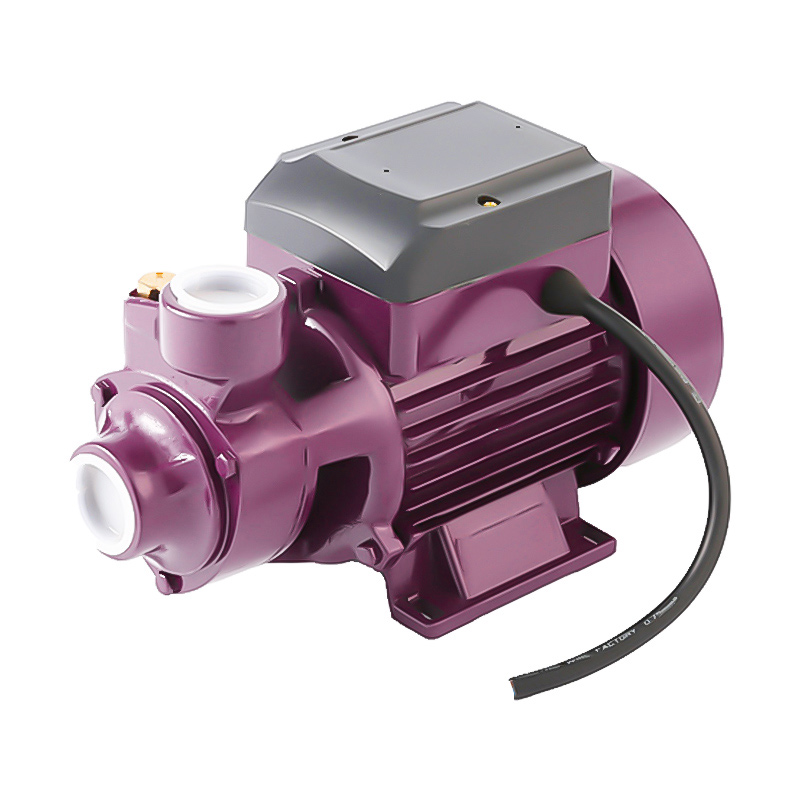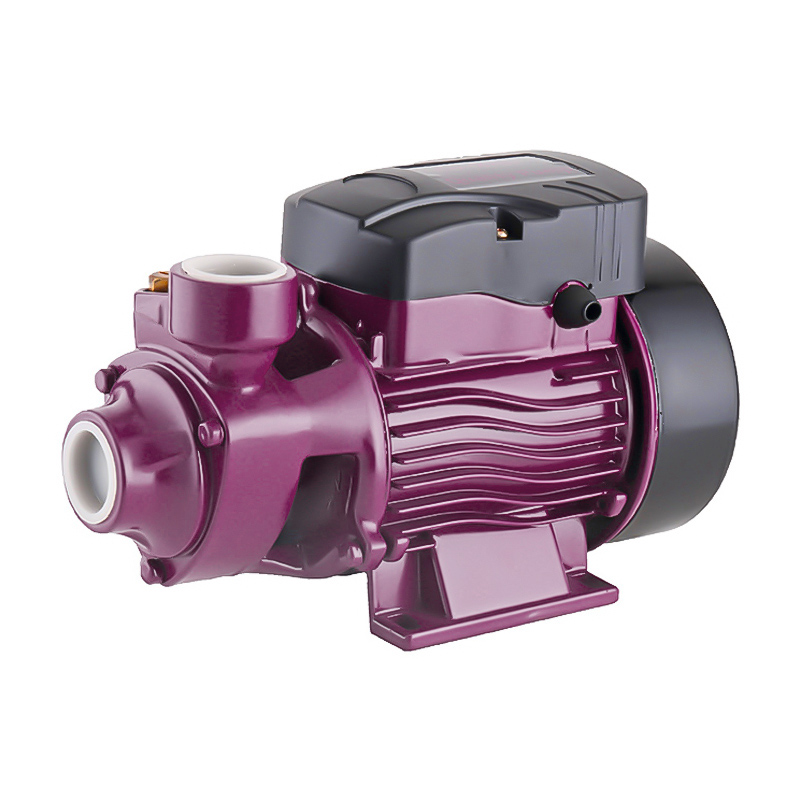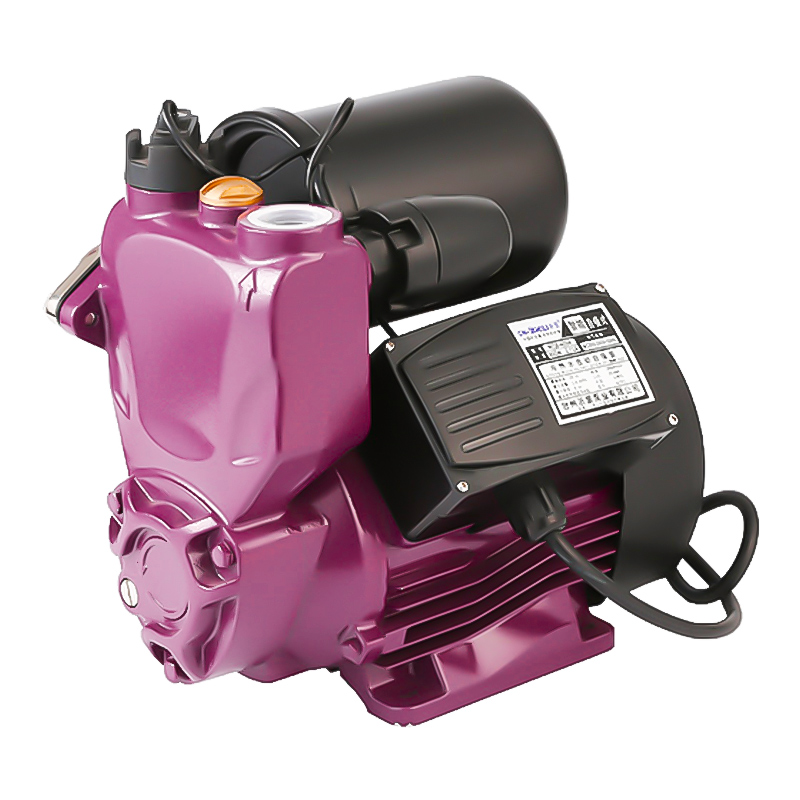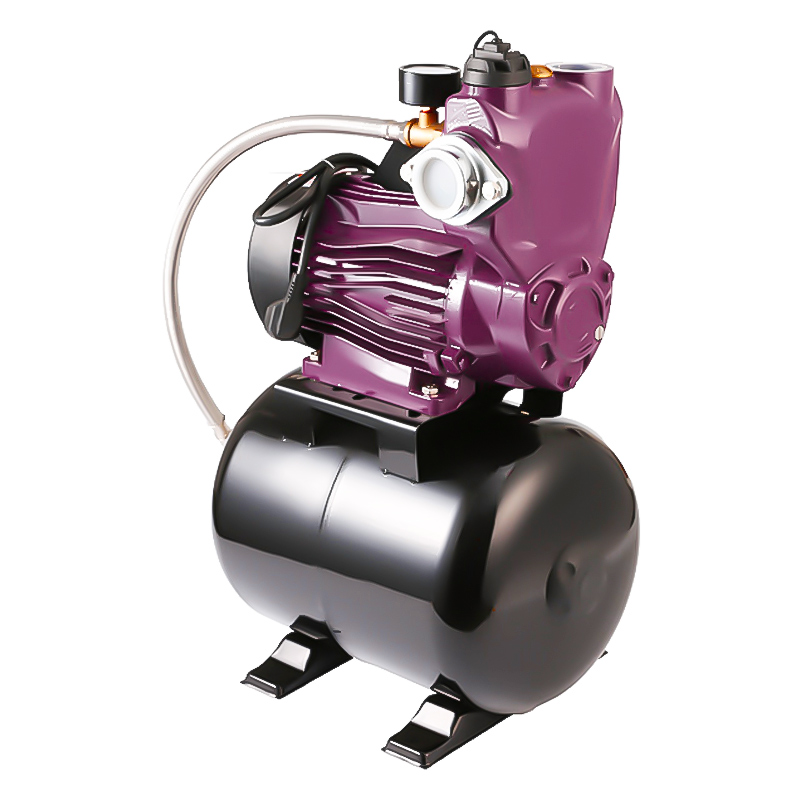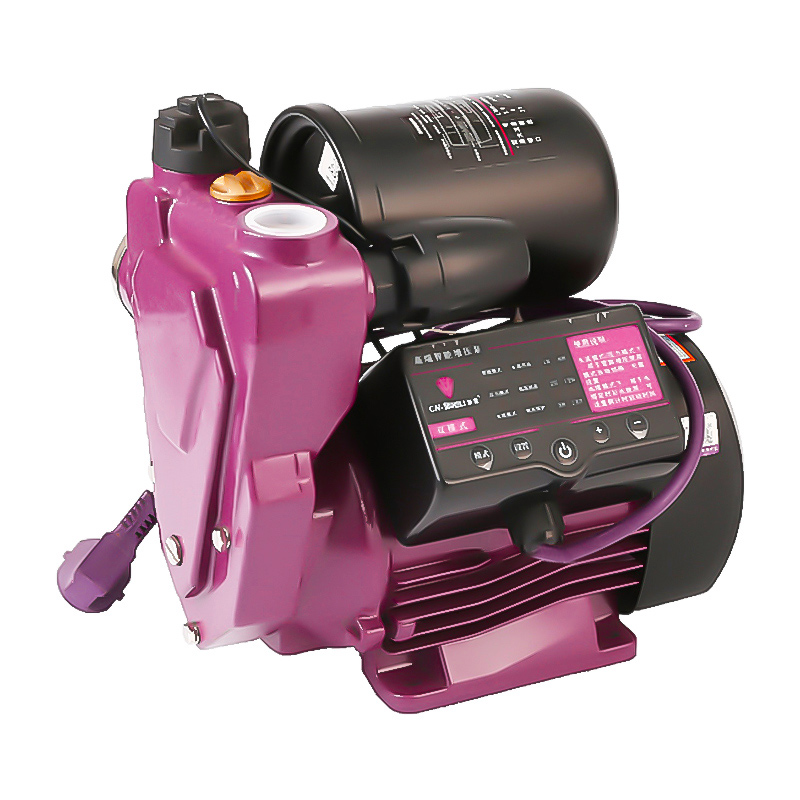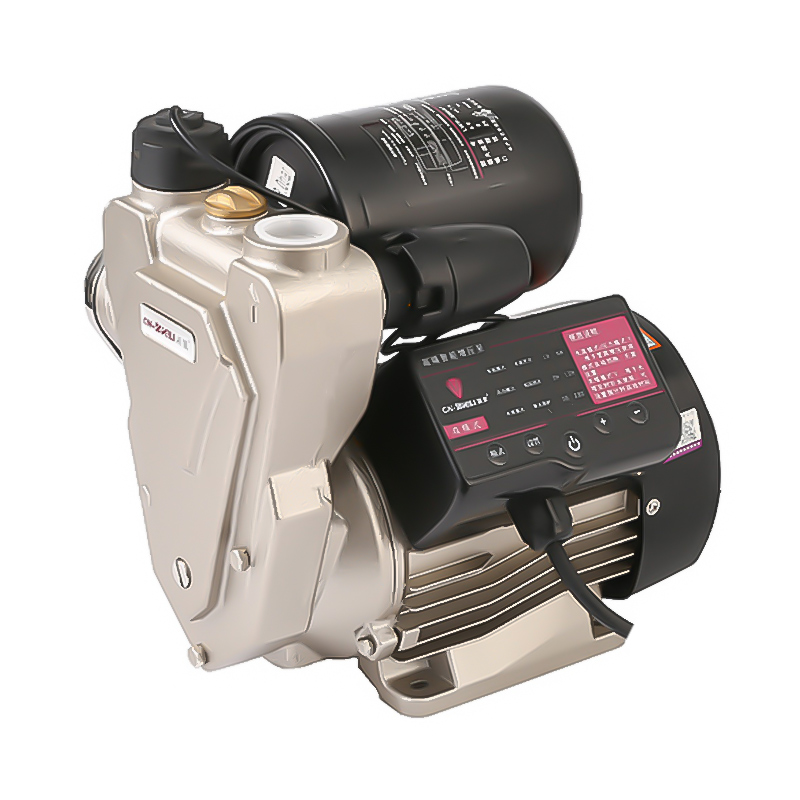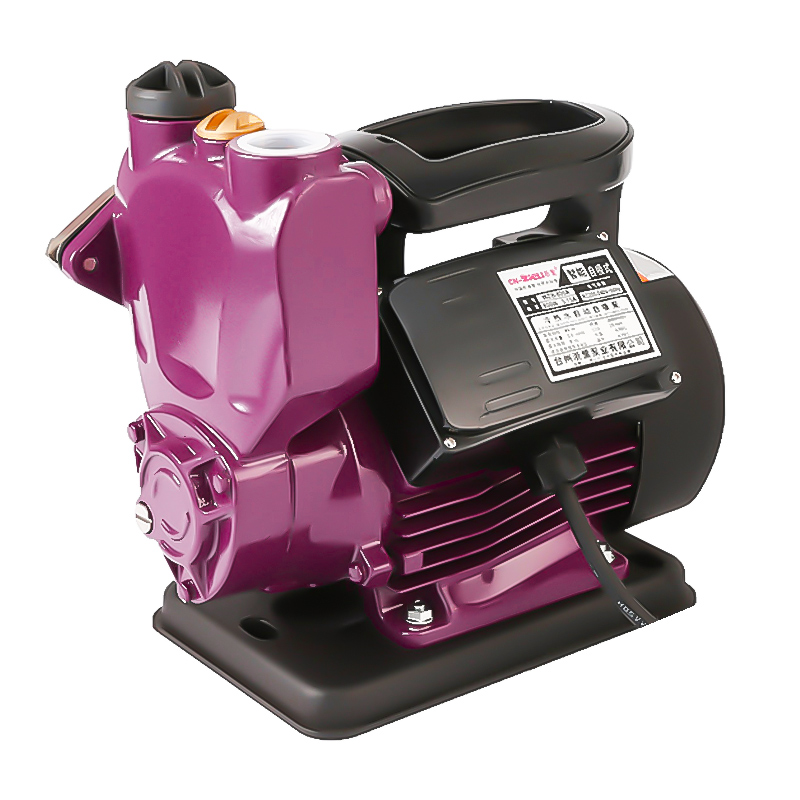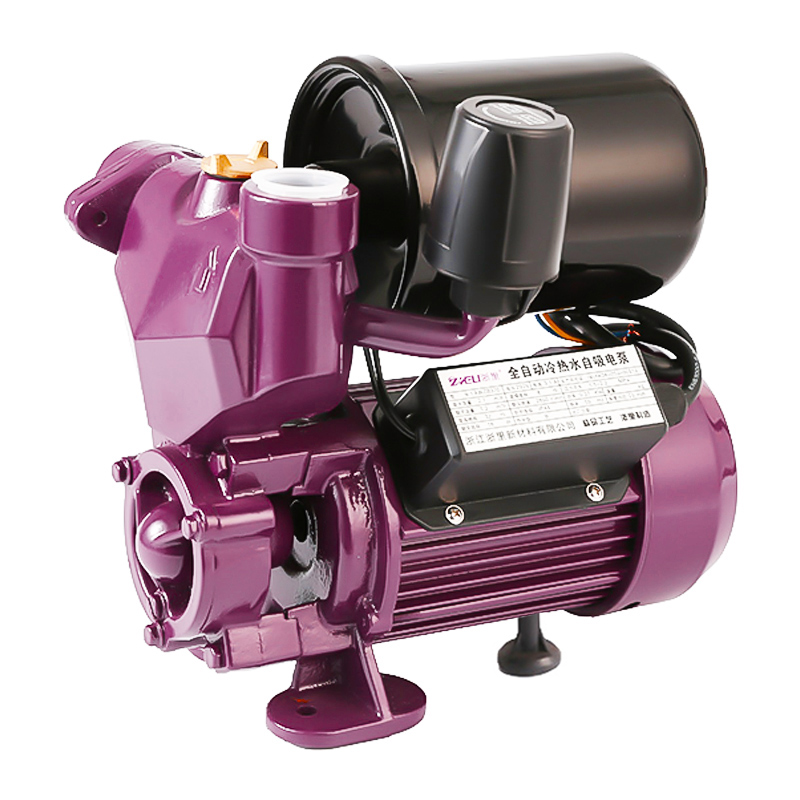How the Vortex Water Pump works:
1. Many radial blades are milled on the impeller of the vortex pump. The end face of the impeller is close to the pump body, and its axial clearance is 0.10-0.15mm. The flow channel consists of an annular cavity between the impeller, the pump body, and the pump cover. The section separating the suction port and the discharge port in the flow channel is called the diaphragm. The radial gap between the separation tongue and the impeller is very small to prevent the high-pressure liquid from the discharge port from leaking into the suction port. The open vortex pump has longer blades, and the inner diameter of the blade is smaller than the inner diameter of the flow channel. The liquid enters the impeller from the suction port, and then enters the flow channel. The blades of the closed vortex pump impeller are shorter, and the inner diameter of the blade is equal to the inner diameter of the flow channel. The liquid enters the flow channel from the suction port, and then enters the impeller from the outer periphery of the impeller.
2. Now take a closed pump as an example to illustrate its working principle. The fluid enters the flow channel and impeller from the suction port. When the impeller rotates, because the centrifugal force of the moving liquid in the impeller is greater than the centrifugal force of the moving liquid in the flow channel, a vortex motion is generated between the two, and the rotation center line is along the longitudinal direction of the flow channel, which is called a longitudinal vortex. Under the action of the longitudinal vortex, the liquid can enter and exit the impeller many times during the entire process from suction to discharge, similar to the flow of liquid in a multi-stage centrifugal pump. Each time the liquid flows through the impeller, it gains energy. When the liquid flows from the impeller to the flow channel, it mixes with the liquid moving in the flow channel. Due to the different velocities of the two liquid streams, momentum exchange occurs during the mixing process, which increases the energy of the liquid in the flow channel. Vortex pumps mainly rely on this longitudinal vortex to transfer energy.

 Language
Language  English
English عربى
عربى 中文简体
中文简体